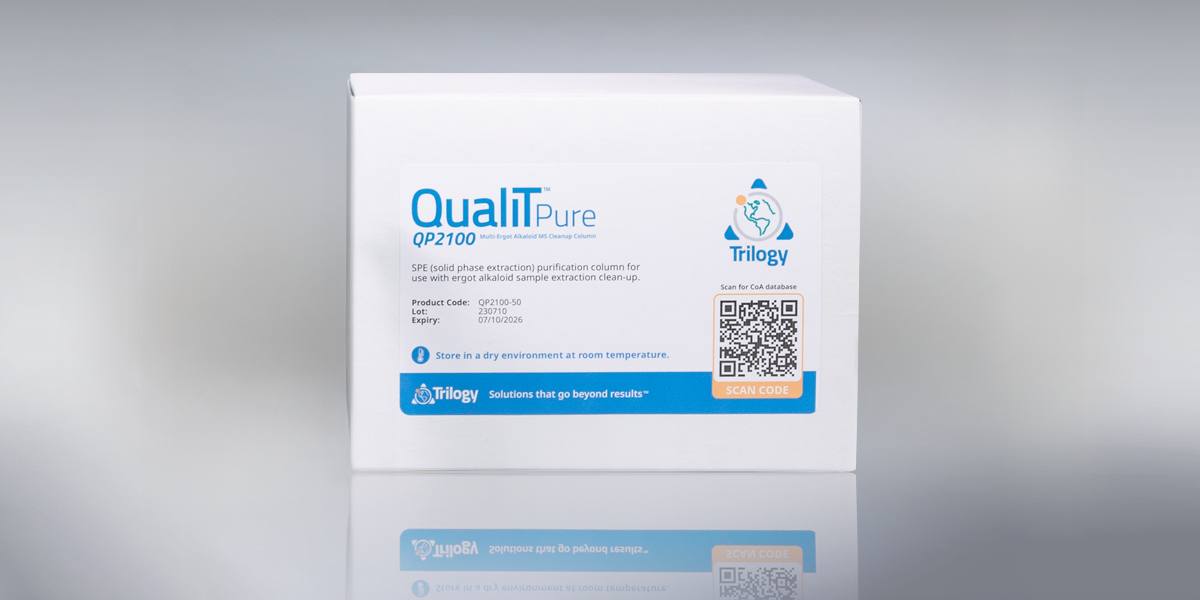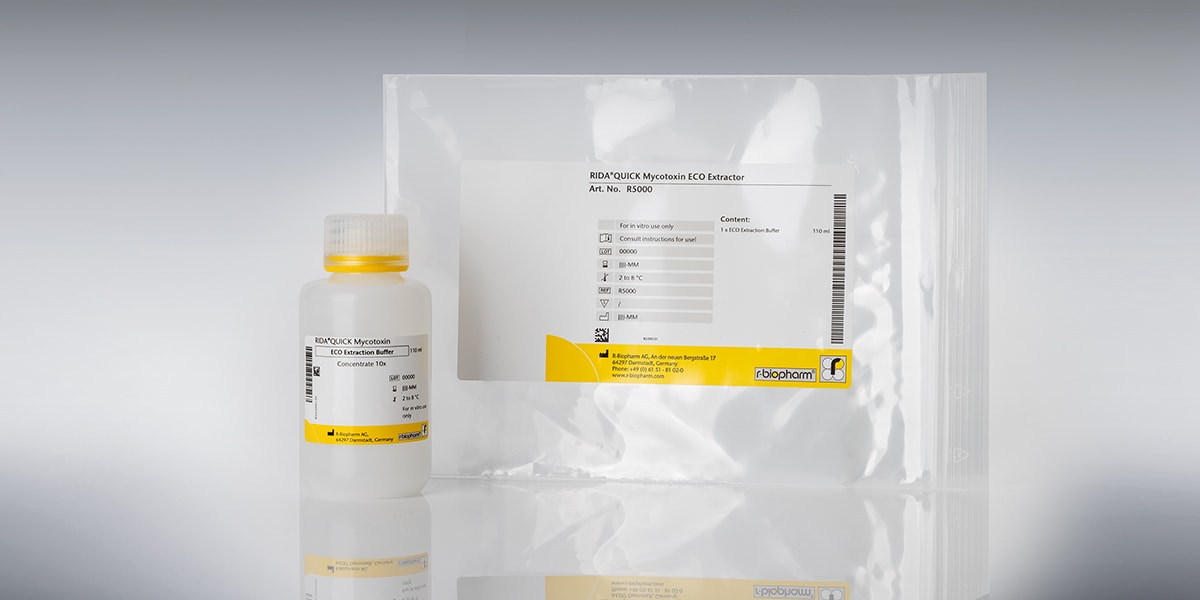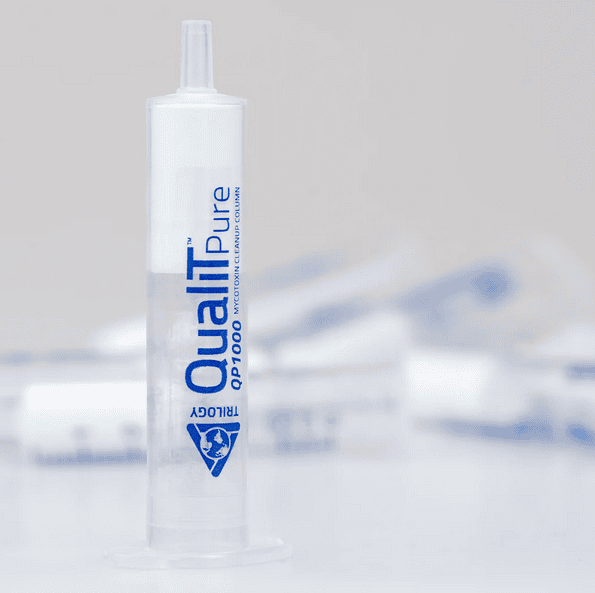
Recent news in Food & Feed Analysis
- Home
- /
- Journal publications – a...
Journal publications – a rich source of validated methods for mycotoxins

Historically analytical methods intended to be used for regulatory purposes, so called ‘Official Methods’ were the result of a full interlaboratory collaborative study being undertaken. Such studies have resulted in fourteen AOAC First Action methods for mycotoxins published since 1999 of which the last one ten years ago was for aflatoxins in edible oils (2013.05). Recognition that collaborative studies are very time-consuming and expensive to undertake has proved to be a significant disincentive in recent years. In contrast to AOAC International the European Standardisation body CEN, has had a very active programme of publishing mycotoxin Standards resulting from inter-laboratory studies. However, this has been funded to a large extent by the European Commission. This programme has primarily been aimed at developing CEN Standards in support of EU regulatory limits for mycotoxins. Most mycotoxin/matrix combinations are now covered by CEN Standards. The CEN programme has recently been extended to include some mycotoxins such as Alternaria toxins which have been under investigation, but for which to date no regulatory limits are in place. In total there are 41 CEN Standards for mycotoxins, five of these Standards are for setting the method performance criteria adopted by CEN and some provide other recommendations such as handling of large sample sizes to ensure homogenisation and efficient extraction. Twenty CEN standards dating from 2003 to 2020 employ immunoaffinity column (IAC) cleanup, of which many columns were supplied to study participants by R-Biopharm.
In the last 10 years there has been increased recognition of the difficulties in conducting inter-laboratory studies and consequent acceptance of methods derived through single laboratory validation (SLV). Scientific papers reporting survey data on mycotoxin occurrence have been mandated by journals to verify their results by supplying method validation data. This has been principally recovery and precision data, as well as other evidence of method performance such as analysis of reference materials and participation in proficiency testing. A literature search for peer-reviewed papers from 2009 to 2023 employing R-Biopharm IACs turned-up a total of 62 mycotoxin survey papers reporting SLV data. The methods themselves may not always be that novel, but this literature provides a rich source of SLV methods covering a variety of different matrices which are not found elsewhere in Official methods. Validated methods can be found for aflatoxins in traditional foods from Turkey and India, chia seeds, whey and whey products, tortilla, and numerous other less common food products. Methods have even been reported for analysis of both aflatoxins and ochratoxin A in cannabis plant material, resins, vapes, isolates and cannabis derived edible products. A compilation of these methods could provide a valuable resource for those involved in food and feed mycotoxin surveillance.



